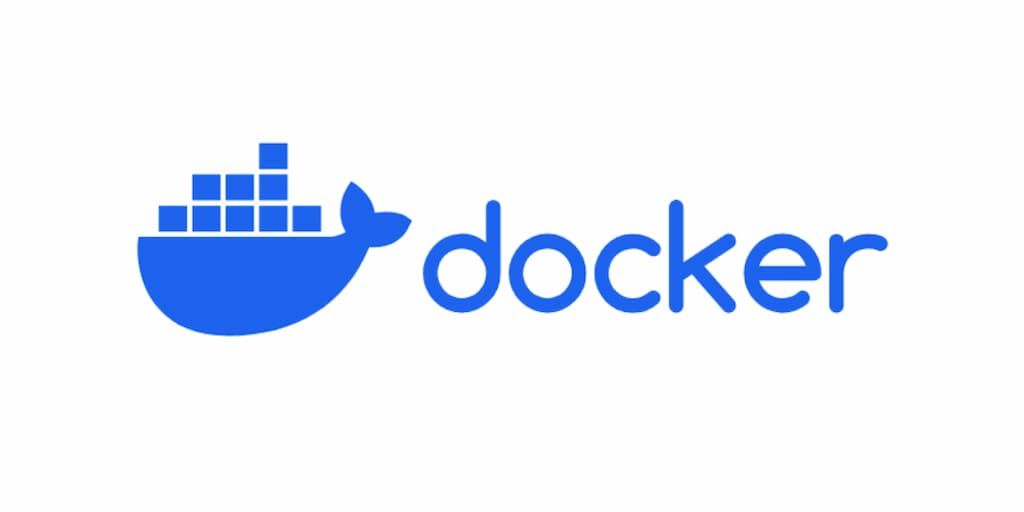
Docker 2023 Cheat Sheet

Docker cheat sheet with commonly used commands and concepts. Learn how to hack Docker via a complete cheat sheet.
A Docker Cheat Sheet provides a quick reference guide for common Docker commands and concepts.
For newcomers, Docker is a containerization platform that allows you to package and distribute applications along with their dependencies in containers.
Docker Commands
Pull an Image
Download a Docker image from a registry (e.g., Docker Hub).
$ docker pull image_name:tag
List Images
View a list of locally available Docker images.
$ docker images
Run a Container
Start a new container from an image.
$ docker run image_name:tag
- Add
-dto run in detached mode. - Use
--nameto specify a custom container name. - Use
-pto map ports (e.g.,-p host_port:container_port).
List Containers
View a list of running containers.
$ docker ps
- Add
-ato see all containers, including stopped ones.
Stop a Container
Stop a running container gracefully.
$ docker stop container_id
Remove a Container
Delete a stopped container.
$ docker rm container_id
Remove an Image
Delete a Docker image.
$ docker rmi image_name:tag
Inspect Container
View detailed information about a container.
$ docker inspect container_id
Docker Compose
Docker Compose is a tool for defining and running multi-container Docker applications.
Create and Start Services
Start containers defined in a docker-compose.yml file.
$ docker-compose up
- Add
-dto run in detached mode.
Stop Services
Stop containers defined in a docker-compose.yml file.
$ docker-compose down
List Services
View a list of services defined in the docker-compose.yml file.
$ docker-compose ps
Docker Volumes
Docker volumes are used to persist data between container runs.
Create a Volume
Create a named volume.
$ docker volume create volume_name
List Volumes
View a list of available volumes.
$ docker volume ls
Attach a Volume to a Container
Mount a volume to a container.
$ docker run -v volume_name:/container_mount_point image_name
Docker Networks
Docker networks allow containers to communicate with each other.
Create a Network
Create a custom network.
$ docker network create network_name
List Networks
View a list of available networks.
$ docker network ls
Attach a Container to a Network
Connect a container to a custom network.
$ docker network connect network_name container_name
Dockerfile
A Dockerfile is a script used to create a Docker image.
Create a Dockerfile
Create a Dockerfile in your project directory.
# Example Dockerfile
FROM base_image:tag
RUN command_to_run
Build an Image
Build a Docker image using a Dockerfile.
$ docker build -t image_name:tag .
Additional Docker Commands
Logs
View container logs.
$ docker logs container_id
Exec
Run a command in a running container.
$ docker exec -it container_id command
Prune
Remove stopped containers, unused networks, and dangling images.
$ docker system prune
Login to a Registry
Log in to a Docker image registry (e.g., Docker Hub).
$ docker login
Docker Templates
This section contains a few open-source starters that include production-ready Docker setups:
Django Bootstrap 5 Volt
Free starter built on top ofBootstrap 5 and Djangowith Database, DB Tools, OAuth via Github and Docker Support.
Django Modernize
Open-Source Seed Project crafted on top of ModernizeBootstrap 5 and Django.
The product comes with session-based authentication, DB tools, and Docker support.
In Summary
This cheat sheet provides a quick reference for common Docker commands and concepts.
Docker has many more features and options, so be sure to consult the official Docker documentation for more detailed information: https://docs.docker.com/

